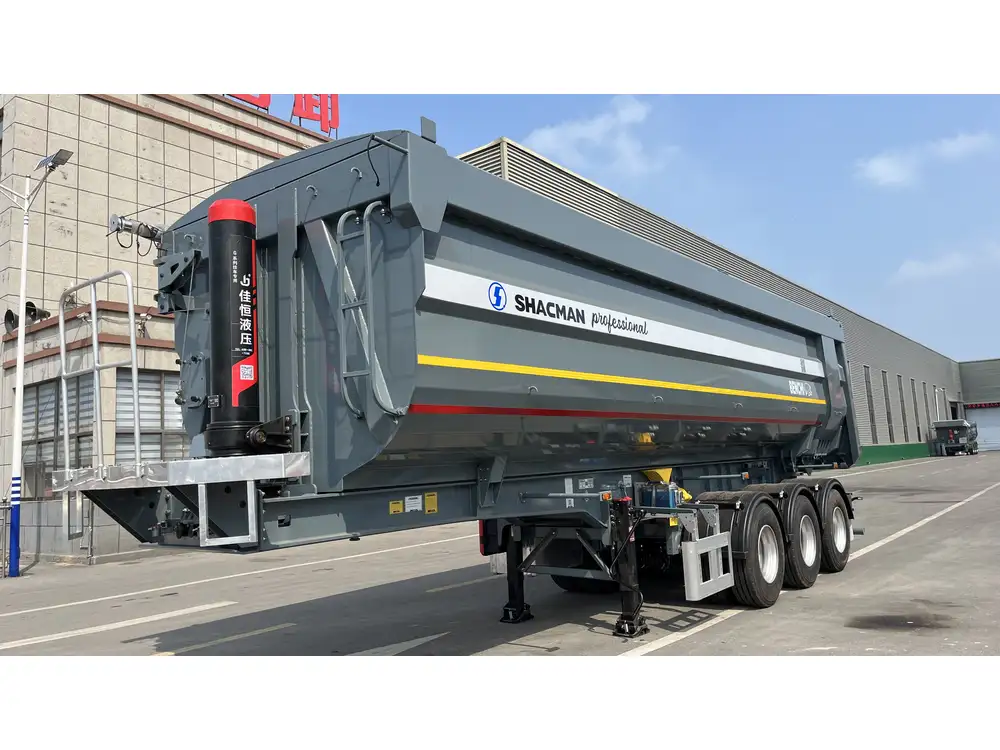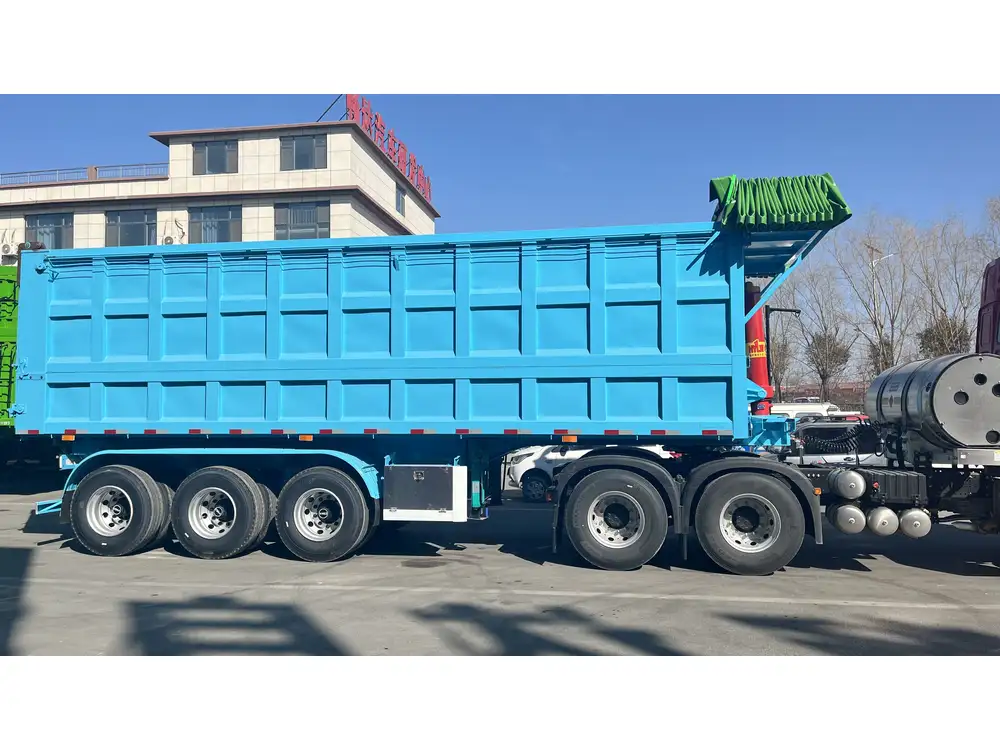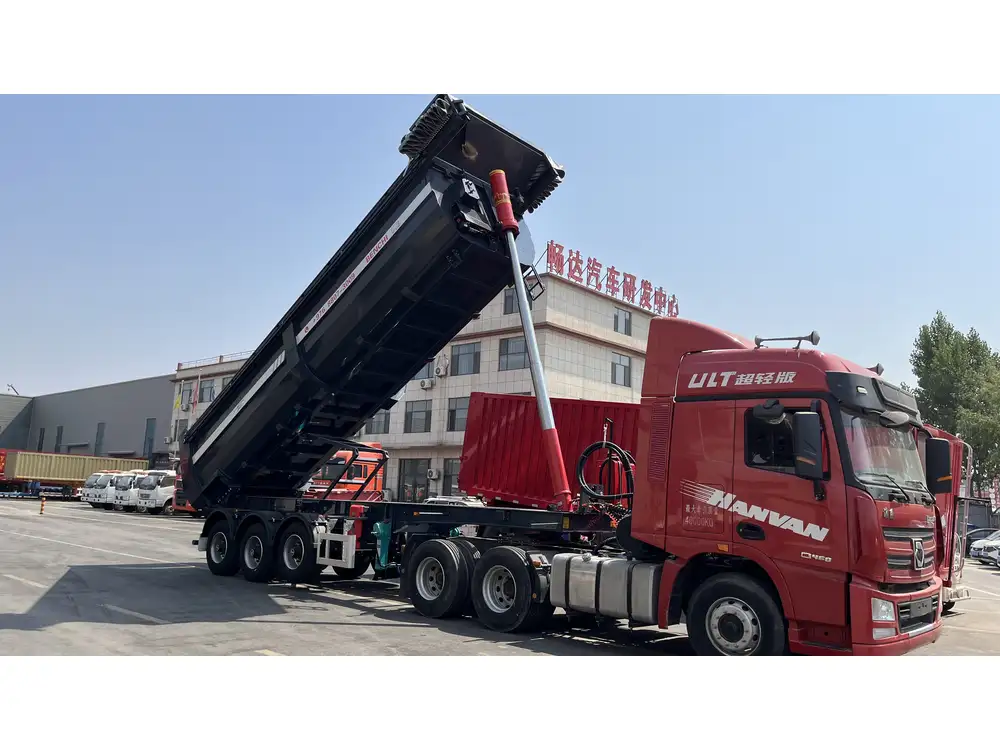When selecting or using a flatbed trailer, one of the most critical questions that arises pertains to its width. Understanding how wide a flatbed trailer can be involves a deep dive into regulations, variances across jurisdictions, and practical considerations that cater to different hauling needs.
Legal Width Limitations for Flatbed Trailers
The legal width for flatbed trailers varies significantly by region and can be influenced by factors such as state regulations and specific transportation laws. Generally, in the United States, the standard maximum width for a flatbed trailer is 8.6 feet (102 inches). However, certain exceptions and variations can exist.
| Region | Standard Width Limit | Note |
|---|---|---|
| United States | 8.6 feet (102 inches) | Commonly applies nationwide without permits. |
| Canada | 8.5 feet (102 inches) | Similar to US regulations with slight variations. |
| European Union | 2.55 meters (100.39 inches) | Generally applies across member states. |
| Australia | 2.5 meters (98.43 inches) | Varies by state compliance standards. |
Permitted Widths Beyond Standard Limits
Transporting oversized loads often requires navigating exceptions to maximum width regulations. In numerous jurisdictions, permits can be obtained to allow for wider trailer configurations, which can frequently extend to:
- 12 feet (144 inches) for specific permits.
- Up to 14 feet (168 inches) in specific cases for highly specialized freight.
When such permits are acquired, stringent conditions typically govern the transport, including predefined routes and travel restrictions to ensure safety and compliance.

Types of Flatbed Trailers and Their Width Capacities
Understanding the various types of flatbed trailers can influence decisions about their width and appropriate applications. There are several configurations, each designed for particular loads and operational contexts, which can affect their allowable dimensions.
Standard Flatbed Trailers
Standard flatbed trailers are versatile and widely used for general transportation needs. As previously noted, their width remains typically constrained to 8.6 feet.
Step Deck Trailers
Also known as drop-deck trailers, step deck variations facilitate the transportation of taller loads while adhering to height regulations. Their width remains standard at 8.6 feet, but the unique height configuration allows heavier and taller items to be safely transported without exceeding overall height limits.

Lowboy Trailers
Specifically engineered for transporting heavy equipment and machinery, lowboy trailers have a reduced deck height, which allows them to carry tall loads. Like their counterparts, their width typically adheres to the standard limit, although the capacity for heavy loads may necessitate specific permits.
Beavertail Trailers
With a rear end that slopes to facilitate easier loading and unloading, beavertail trailers can accommodate a range of goods while still conforming to width regulations commonly found in flatbed transport.
Key Factors Influencing Trailer Width Selection
Choosing the right width for a flatbed trailer depends on a variety of factors, including load type, industry requirements, and compliance with local laws. Below are some of the most essential considerations.

Load Type
- Heavy Machinery: Transporting heavy machinery often requires a wide trailer configuration to accommodate larger dimensions safely.
- Construction Materials: Steel beams, lumber, or oversized construction materials may necessitate a wider setup to safely handle the load without exceeding regulatory width.
Industry Standards
Each industry adheres to different regulations that may affect trailer width choices. For example, the construction industry may have specific requirements for hauling large building materials, similar to the shipping industry handling cargo.
Vehicle and Load Compatibility
Ensuring that your towing vehicle is capable of handling a wider trailer configuration is vital. Beyond compliance, handling dynamics, maneuverability, and stopping distances may all be affected by wider trailer dimensions.

Common Questions Surrounding Flatbed Trailer Width
How Do I Determine if I Need a Permit for Wider Loads?
Before transporting loads exceeding the maximum allowable limits, it is crucial to check local and state transportation agency guidelines. They will provide necessary insights into whether special permits are required and what the process entails.
What Are the Risks of Exceeding Legal Width Limits?
Exceeding legal width can result in fines, but far more critically, it poses significant safety risks. Unstable loads can lead to accidents, not to mention potential insurance liabilities. Additionally, non-compliance can result in added route restrictions, delays, or detention.

Are There Specific Routes for Oversized Loads?
Many jurisdictions have predefined routes that accommodate oversized loads, which directly correlate with width regulations. Always check local Department of Transportation (DOT) guidelines before planning a route for oversized transport.
How Can I Ensure My Load is Stable?
Using proper securing techniques is essential for safe transport. Depending on the load, various securing systems—such as chains, straps, and tarps—must be employed to mitigate movement that can result from width discrepancies.
Comparative Table: Standard vs. Specialized Width Configurations
| Trailer Type | Standard Width | Permitted Width (if applicable) | Common Uses |
|---|---|---|---|
| Standard Flatbed | 8.6 ft (102 in) | 12 ft (144 in), 14 ft (168 in) | General freight, machinery |
| Step Deck | 8.6 ft (102 in) | 12 ft (144 in) | Taller loads like construction eq. |
| Lowboy | 8.6 ft (102 in) | 12 ft (144 in) | Heavy equipment transport |
| Beavertail | 8.6 ft (102 in) | 12 ft (144 in) | Easy loading of wider goods |

Strategies for Selecting the Right Flatbed Trailer Width
The process of selecting the ideal flatbed trailer width necessitates thoughtful analysis and careful consideration of the following strategies:
Examine Load Specifications: Always measure your cargo dimensions thoroughly before selecting a trailer. This determines the necessary width and configuration.
Check Regulatory Requirements: Regularly updating oneself with local transport regulations ensures compliance when choosing your trailer dimensions.
Evaluate Equipment Compatibility: Ensure that your towing vehicle has the capability to manage a wider load, focusing on critical considerations such as load distribution and braking.
Seek Expert Consultation: Consulting with experienced transport professionals or manufacturers can provide valuable insights about the best trailer choices for your specific needs.
Evaluate Cost Versus Benefit: Wider trailers often come with increased costs, including potential permits and insurance considerations. Weigh these costs against operational needs to determine the best investment for your business.
Conclusion: Choosing the Right Width for Your Flatbed Trailer
In summary, understanding the limits and specifications surrounding the width of flatbed trailers is vital for achieving compliance and optimizing transport efficiencies. Safety and regulatory adherence must guide the choices made regarding trailer width, taking into consideration the unique requirements of your load and economic constraints.
Through careful assessment of applicable laws, load demands, and logistics strategies, one can confidently select the optimal flatbed trailer width for any specific hauling task, ensuring efficient operation within the bounds of legality and safety.
By employing this structured approach to flatbed trailer width selection and staying informed about regulations and technologies, manufacturers and operators can significantly enhance their operational capabilities while minimizing risks and frustrations associated with oversized transport.



